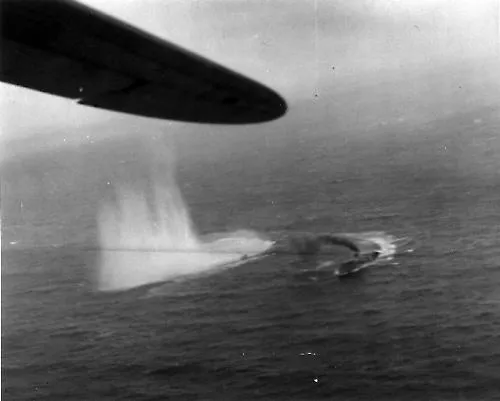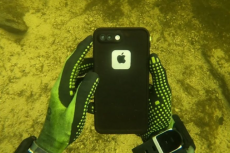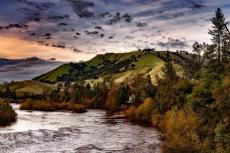Discovery of German U-boat wrecks rewrites the history books
It seems that many more German submarines were sunk by Allied mines during World War than previously thought, the British newspaper The Independent writes. Maritime experts say their discoveries will force historians to re-evaluate the battle for control of the Atlantic.
The final resting places of six German U-boats sunk in the final months of the Second World War's greatest naval conflict have finally been identified.
Four of the submarines were found in completely different locations than expected. The explanation is probably that both the Allied fleet as air forces had repeatedly mistakenly believed that it managed to reduce the German submarines, which otherwise survived the attacks and only sank when they later sailed into the mines.
Several hundred miles away
For example, lsubmarine U-1021 was not found off the Scottish coast, where it was allegedly sunk by British warships, but several hundred miles away, just north of the town of Cornwall in southwestern England. Also submarine, the U-400, previously believed sunk by Royal Navy depth charges south of Cork in Ireland, has now been identified off the coast of north Cornwall. The German sub was on its very first patrol in December 1944 when it hit a mine, underwater photography suggests. The U-326, also on its first patrol when it was destroyed by a US aerial depth charge attack in April 1945, has been identified 100 miles off the coast of Brittany. The U-325, sunk on its second patrol in May 1945, was thought to have been destroyed by Royal Navy depth charges in the Irish Sea. Now marine archaeology and underwater photography have identified it on the seabed 230 miles away – off Lizard Point, south Cornwall. Thus it seems that the Allies should be happy for the minefields they have set up to get at German submarines, which alone between 1939 and 1943 has lowered about 2500 of the Allied merchant ships and about 50 of their warships. The discoveries came from a survey of the western English Channel and adjacent areas, undertaken by the US firm Odyssey Marine Exploration. Dr Axel Niestlé, a German U-boat historian involved in the project, told the Independent: "It is a fine example of successful teamwork between marine archaeologists and historians rewriting naval history. The underwater photography gave us an unparalleled opportunity to learn how different types of Second World War anti-submarine weaponry worked."- Log in to post comments

























